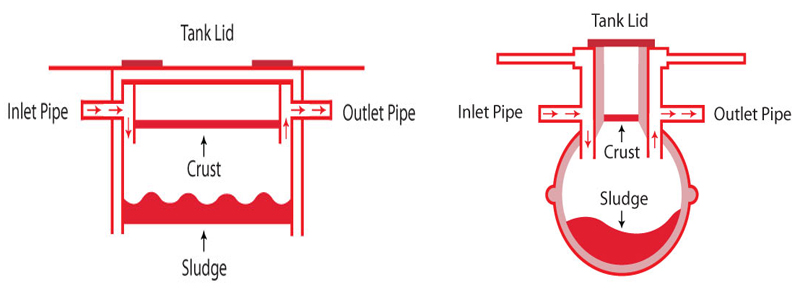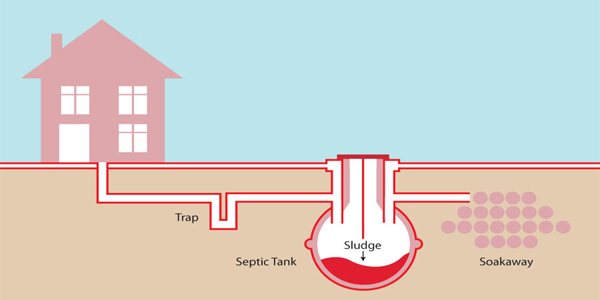Understanding how your septic tank works is essential when looking at how often you should empty it. There are two major types of septic tank, a traditional rectangular one or a more modern sphere. Both of these tanks work in a similar fashion, it's just the size and shape that vary.


Natural bacteria, which breeds in the tank, digest all the waste (sludge) that settles – this then builds up over time and sits at the bottom of the tank. To ensure that the tank continues to work properly this sludge needs to be removed or the soakaway could become clogged up.
Despite being privately owned, your tank is still subject to Environmental Agency Standards and you are under a legal obligation to maintain it properly. Emptying it regularly will ensure that all the pipe work is clear and prevent any large scale maintenance problems further down the line as well as keeping your tank in full working order.
This depends entirely on the system that you have, the size of it and the condition it is in – on average it is recommended that you empty your tank annually or at least every three years if there is no garbage disposal attached. Regular maintenance can help prevent any problems being caused and give you a more accurate idea of when it should be emptied – for more information on emptying your septic tank click here.